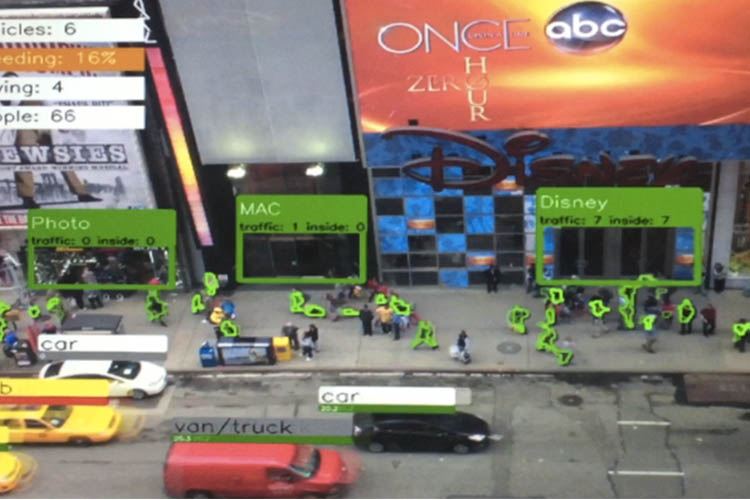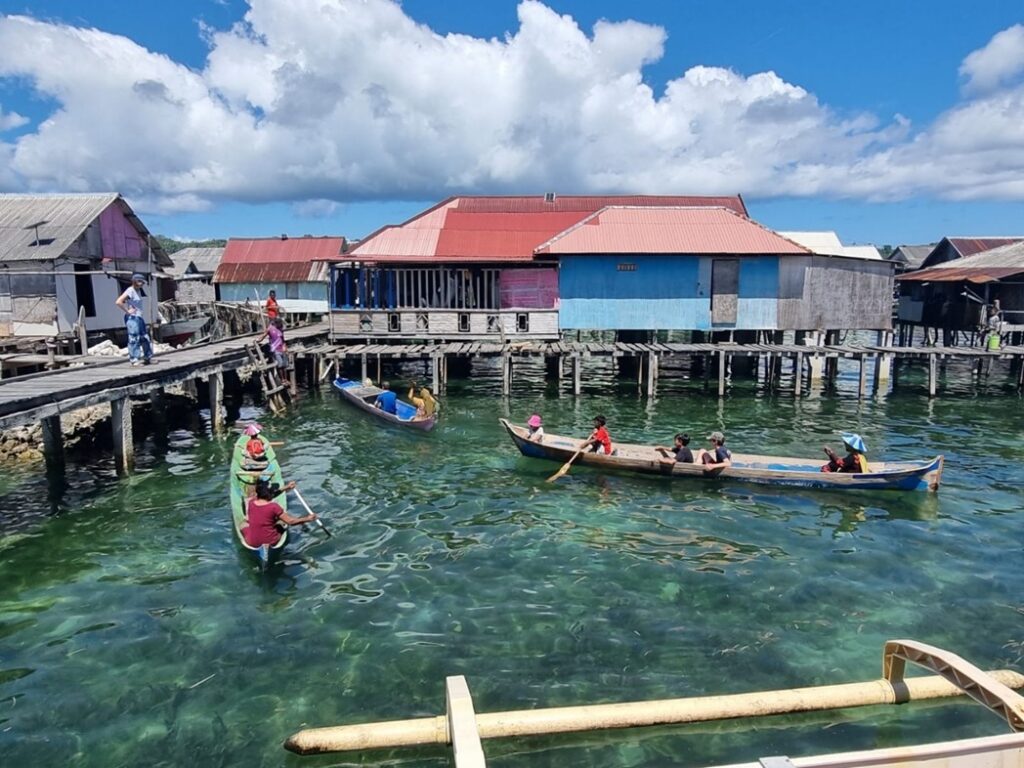Mapping your next step

I was recently fortunate enough to travel to the US, where I was able to immerse myself into the ESRI US culture for a full 2.5 days culminating in a Business Partner showcase where I saw some cutting edge technology businesses taking the spatial paradigm to a new level, somewhere far from the reach of the sophisticated Geographer and in the hands of the general population.
The future looks bright for organisations who embrace modern device interaction such as Mapillary who have built an app to capture photography, send it to a cloud processing engine with the result being a Google Streetview-style product.
Mapillary has a twist: their image interpretation engine has the ability to learn features and therefore pick up elements such as street side furniture and build asset inventories.
This is exciting for asset management as it accelerates the collection process to heights never dreamt of previously, and the exciting thing is it will only get more accurate, sophisticated and cost effective.
Who knows – all the data collected by our public transport vehicles could be processed in near real time to ensure all assets on these routes are in place and serviceable.
Another company Placemeter is working in the real-time image recognition space and has turned the humble webcam into a business intelligence collection hub, allowing the user to define geofences so people and vehicles can be monitored entering, leaving or just passing by these defined areas.
This now gives the retail sector a way to monitor movement throughout a retail space and to monitor the effect of the store displays on passing foot and vehicle traffic, all without the need for an on person app to “covertly” track the user.
I see the use of this technology spreading widely for example to monitor human movement where vehicle only traffic should occur and raise the alarm to ensure the safety of the individual concerned e.g. tunnels, station platforms, process plants, etc.
Getting further out there was the collaborative environment developed by Oblong the same team who developed the information displays for the film Minority Report.
Their product gives meeting participants within the environment the ability to throw data on the screens with a far more sophisticated version of something resembling a Nintendo Wii remote and the data easily manipulated and interacted with essentially the same as the actual movie, a truly breathtaking experience and one larger organisations should keep a track of in the months to come.
Combine the power of location with this collaboration platform will truly new ground in team interaction and exploration of model development.
NGIS is looking to bring some of these technologies to our client base in the near future, if you would like more detail please reach out to me via email or LinkedIn.
Related Articles
Here are more related articles you may be interested in.







